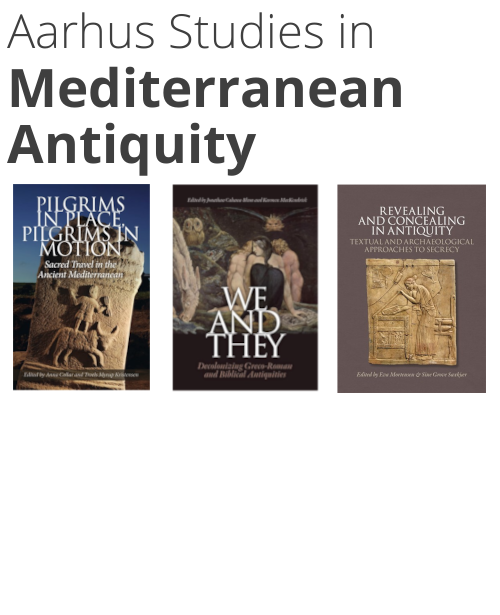Hama IV.1. The Medieval Citadel and Its Architecture.
Fouilles et recherches de la Fondation Carlsberg 1931-1938
A part of the subject area Archaeology (Near Eastern)
More about the book
About the book
This is the last volume in the series of reports from the Danish excavations on the ancient Tall of the important Syrian site and town of Hama. It presents the medieval architecture of the mound from the Arab conquest in 636 to 1401 when the citadel of Hama was destroyed by Timur Lenk.
The excavations revealed that the early Islamic town was not as insignificant as previously believed. The periods of Hama's greatest strength were, however, the 12th and 13th centuries, when many different structures were built on the mound, such as a bath, mills and other industrial structures (among these a workshop for the production of grenades). Its fortifications mainly dated from the 12th century, although an older Byzantine wall was also found.
Table of contents
Denne bog har ingen indholdsfortegnelse. A contents list is not included in this book.




